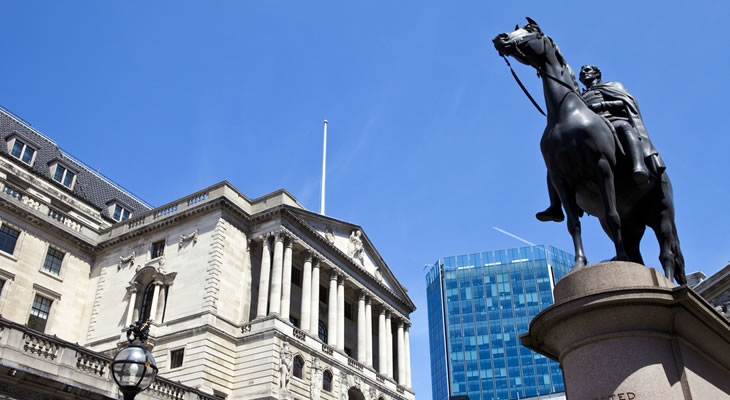A trio of better-than-expected UK PMIs encouraged the Pound to strengthen, indicating that the economy got off to a stronger start in the second quarter.
Coming after a disappointing first quarter gross domestic product report this prompted investors to pile back into GBP exchange rates, despite downside pressure from increased Brexit jitters.
The services PMI offered particular encouragement, defying expectations to climb from 55 to 55.8.
Given that the service sector accounts for more than three quarters of domestic economic activity this stronger showing suggested that the general outlook is more positive.
As Chris Williamson, Chief Business Economist at IHS Markit, noted:
‘The strengthening of growth and the upturn in prices will bolster calls for higher interest rates. But weak growth in the consumer sector remains a concern, and is something which could intensify in coming months as consumer prices rise further.’
Even so, as new car sales slumped sharply by -19.8% on the year the day’s data was not universally encouraging, with consumers showing further signs of reining in spending.
Further volatility is likely for the Pound US Dollar exchange rate ahead of next week’s Bank of England (BoE) policy meeting.
While the chances of policymakers making any change in monetary policy at this juncture are incredibly slim any shift in sentiment could encourage a Sterling rally.
If the BoE maintains its neutral to dovish bias, though, the mood towards the Pound could sour once again.
Demand for the US Dollar strengthened overnight in the wake of a rather hawkish Federal Open Market Committee (FOMC) meeting, meanwhile.
While policymakers left interest rates unchanged, in line with forecasts, the tone of the accompanying statement prompted the odds of a June interest rate hike to surge.
As the Fed noted that the recent slowdown in domestic growth is likely ‘transitory’ this seemed to pave the way for an imminent return to the monetary tightening cycle.
A general weakening in market risk appetite also helped to bolster the ‘Greenback’ on Thursday morning, even though some of its initial gains soon faded.
Confidence in the US Dollar could weaken ahead of the weekend, however, if April’s labour market data fails to impress.
Forecasts point towards a slight uptick in the unemployment rate, although this is unlikely to alter the Fed’s assessment of the economy’s health.
Of particular interest will be the latest wage growth figures, given that the Fed has expressed some reservations over the relatively muted level of average earnings.
If the data proves positive, and makes up for March’s disappointing headline figure, then the GBP USD exchange rate could come under fresh pressure.


Comments are closed.